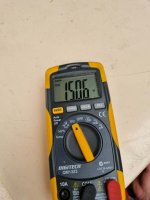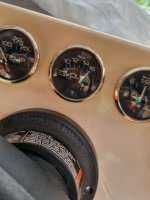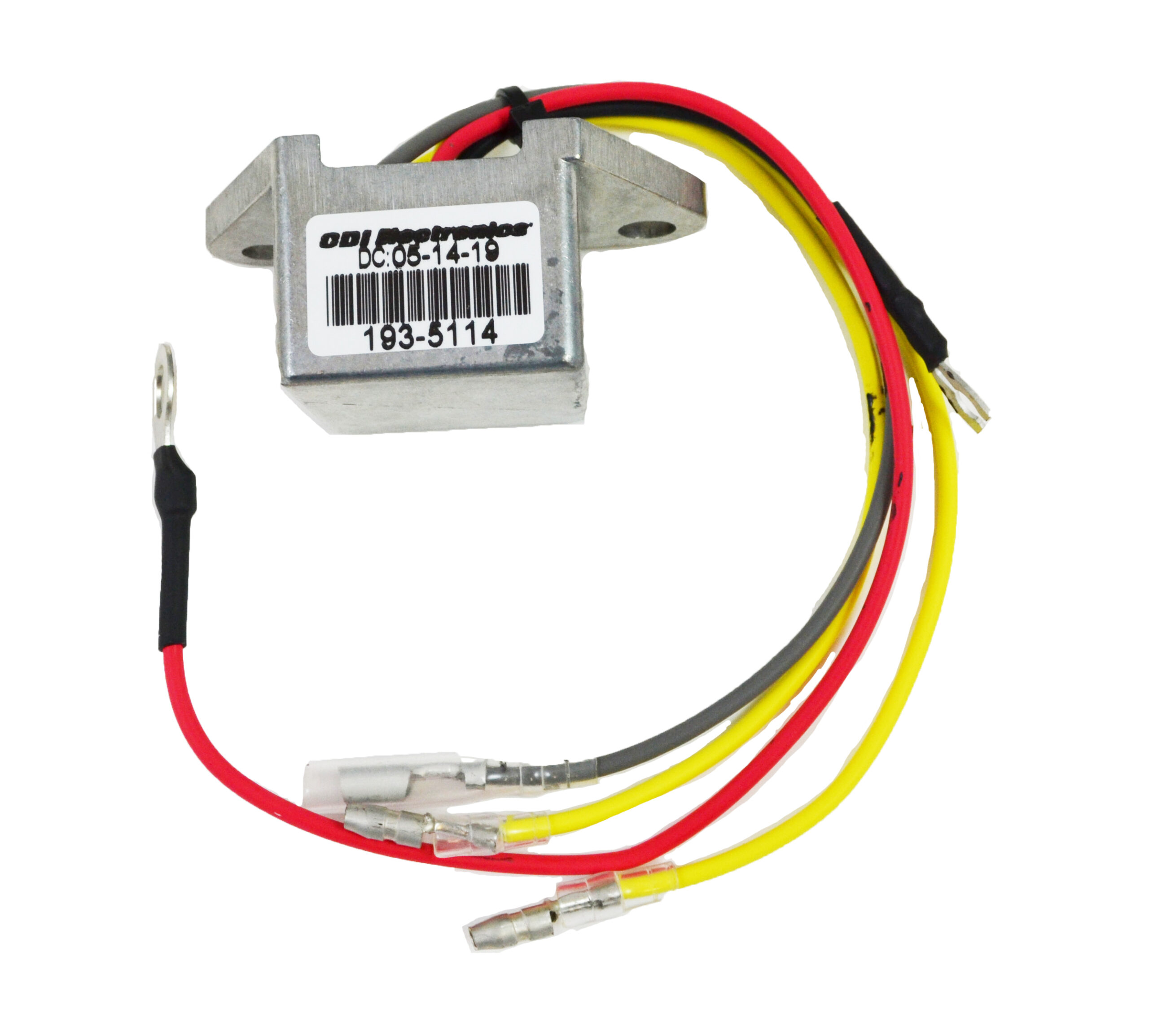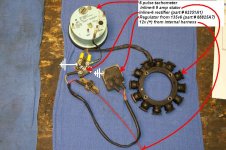Hi All,
After some advice here. Im getting close to launching a 2 year restoration project and checking things over. I was checking the voltage of the battery after starting the motor (86 Mod Merc 2 Stroke 75hp 4 cylinder) and the reading was 15.1 V at 1200RPM to 3000RPM. I have replace the stator, trigger plate, rectifier and switch box. All that was replaced after the switch box died for seemly no reason.
Is the high voltage caused by the rectifier or the stator pushing out to high an AC current? from my experience this is too high a charging voltage.
Thanks
Leachy
After some advice here. Im getting close to launching a 2 year restoration project and checking things over. I was checking the voltage of the battery after starting the motor (86 Mod Merc 2 Stroke 75hp 4 cylinder) and the reading was 15.1 V at 1200RPM to 3000RPM. I have replace the stator, trigger plate, rectifier and switch box. All that was replaced after the switch box died for seemly no reason.
Is the high voltage caused by the rectifier or the stator pushing out to high an AC current? from my experience this is too high a charging voltage.
Thanks
Leachy






